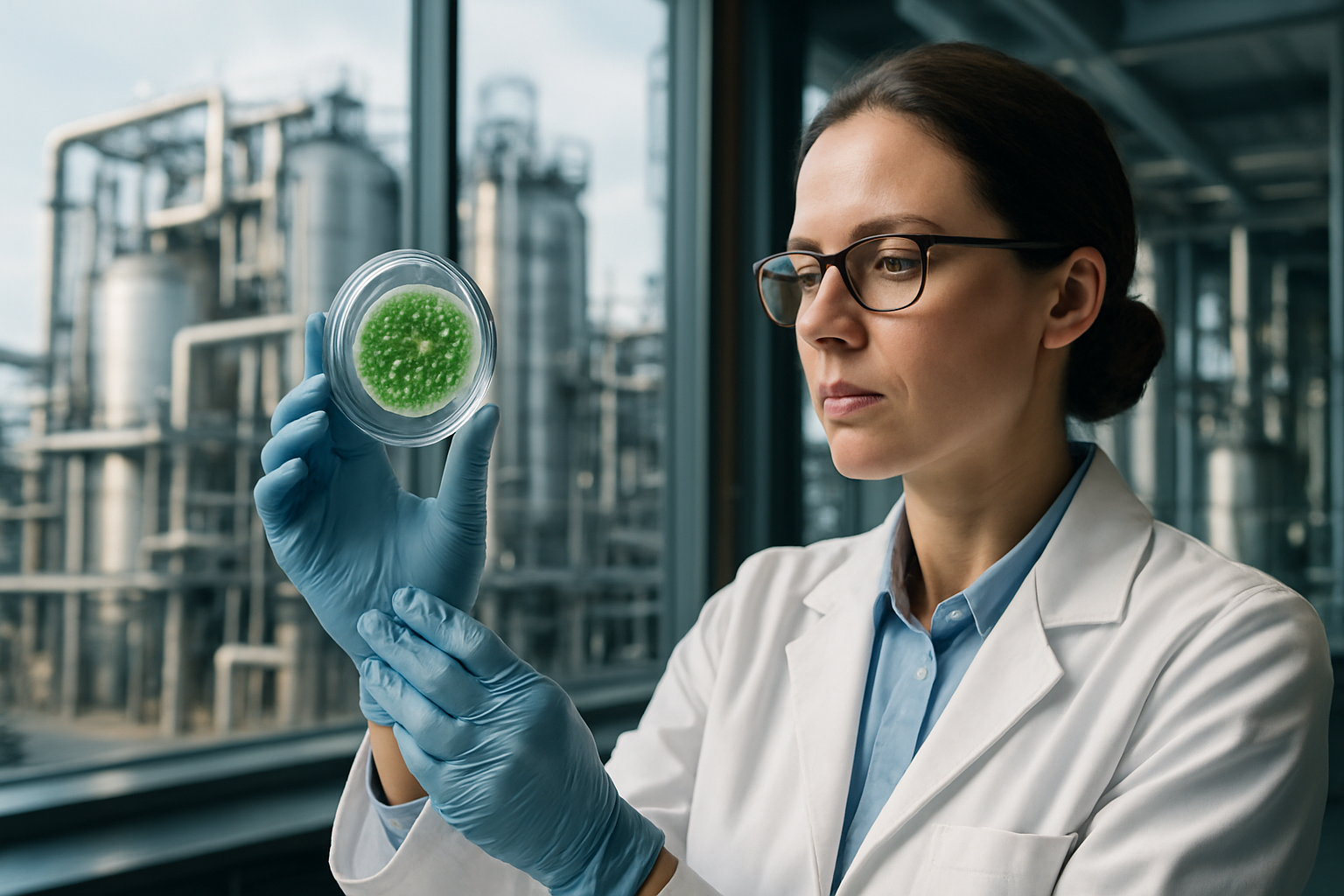Biomimicry in Industrial Design: Nature's Blueprint for Innovation
The convergence of biology and engineering is reshaping industrial design practices, ushering in a new era of sustainable and efficient solutions. Biomimicry, the art of emulating nature's time-tested patterns and strategies, is emerging as a powerful tool for innovation across various industries. This approach not only promises enhanced product performance but also offers a pathway to more environmentally conscious manufacturing processes.

In the industrial sector, biomimicry is being applied to optimize everything from product design to manufacturing processes. Companies are looking to nature for solutions to improve energy efficiency, reduce waste, and create more durable and adaptable products. This shift represents a fundamental change in how industries approach problem-solving, moving from a human-centered design philosophy to one that is more in harmony with natural systems.
The Principles of Bioinspired Design
At the core of biomimicry are several key principles that guide its application in industrial settings. These include:
-
Resource Efficiency: Nature operates on a closed-loop system where waste from one process becomes food for another. Industrial designers are applying this concept to create more sustainable manufacturing processes and products.
-
Adaptability: Natural systems are highly adaptable to changing environments. This principle is being used to develop more flexible and resilient industrial systems that can respond to market fluctuations and environmental changes.
-
Multifunctionality: In nature, structures often serve multiple purposes. Industrial designers are incorporating this concept to create products that serve multiple functions, reducing the need for separate components and improving overall efficiency.
-
Resilience: Natural systems have built-in redundancies and self-repair mechanisms. These principles are being applied to industrial systems to improve reliability and reduce downtime.
Case Studies: Biomimicry in Action
Several industries have already begun to reap the benefits of biomimetic design. In the automotive sector, Mercedes-Benz drew inspiration from the boxfish to create a concept car with improved aerodynamics and fuel efficiency. The car’s unique shape, modeled after the streamlined body of the boxfish, resulted in a drag coefficient 20% lower than conventional vehicles.
In the construction industry, the Eastgate Centre in Harare, Zimbabwe, mimics the self-cooling mounds of African termites. This biomimetic approach allowed the building to use 90% less energy for ventilation compared to conventional buildings of the same size.
The packaging industry has also embraced biomimicry, with companies like Sharklet Technologies developing antimicrobial surfaces inspired by shark skin. These surfaces can reduce bacterial growth without the use of harmful chemicals, offering a more sustainable solution for food packaging and medical devices.
Challenges and Opportunities
While biomimicry offers immense potential, its widespread adoption in industrial design faces several challenges. One of the primary hurdles is the interdisciplinary nature of the field, requiring collaboration between biologists, engineers, and designers. This necessitates a shift in traditional educational and organizational structures to foster such cross-disciplinary work.
Another challenge lies in translating biological principles into practical, scalable industrial applications. What works in nature may not always be directly applicable or economically viable in an industrial context. Overcoming this requires not only technical innovation but also a reevaluation of economic models to account for long-term sustainability benefits.
Despite these challenges, the opportunities presented by biomimicry are substantial. As industries face increasing pressure to reduce their environmental impact and improve efficiency, nature-inspired solutions offer a pathway to innovation that is both sustainable and effective.
Biomimicry Implementation Strategies
• Conduct biomimicry workshops to familiarize teams with nature’s design principles
• Collaborate with biologists and ecologists to identify relevant natural models
• Invest in research and development focused on translating biological mechanisms into industrial applications
• Develop metrics to evaluate the effectiveness and sustainability of biomimetic solutions
• Create cross-functional teams that blend expertise in biology, engineering, and design
The Future of Industrial Biomimicry
As we look to the future, the role of biomimicry in industrial design is poised to grow. With advancements in materials science, nanotechnology, and computational modeling, our ability to replicate nature’s intricate designs is constantly improving. This convergence of biology and technology promises to unlock new possibilities for sustainable innovation across industries.
The shift towards biomimetic design represents more than just a technological advancement; it signifies a fundamental change in how we perceive our relationship with the natural world. By looking to nature as a mentor rather than a resource to be exploited, industries have the opportunity to create products and processes that are not only more efficient but also more in harmony with the environment.
In conclusion, biomimicry in industrial design offers a powerful framework for addressing some of the most pressing challenges facing modern industries. By emulating nature’s time-tested strategies, companies can drive innovation, improve sustainability, and create solutions that are both effective and environmentally responsible. As we continue to unlock the secrets of the natural world, the potential for biomimicry to reshape industrial practices and drive us towards a more sustainable future is truly limitless.





